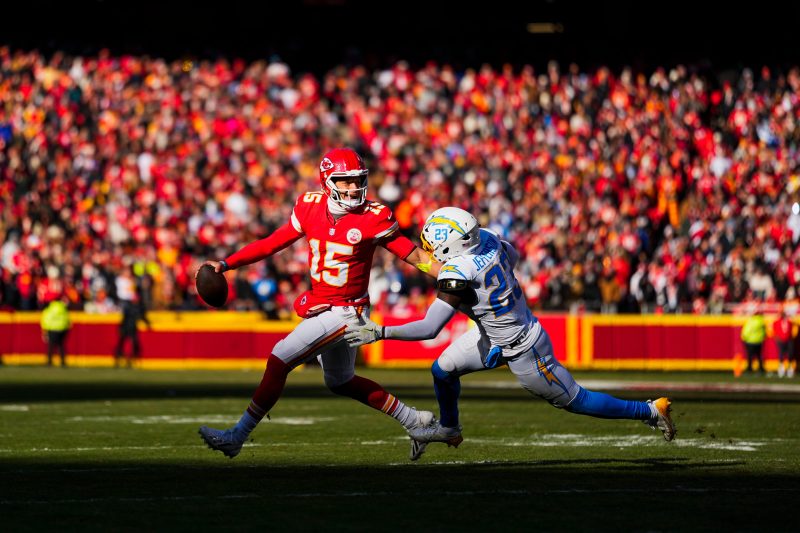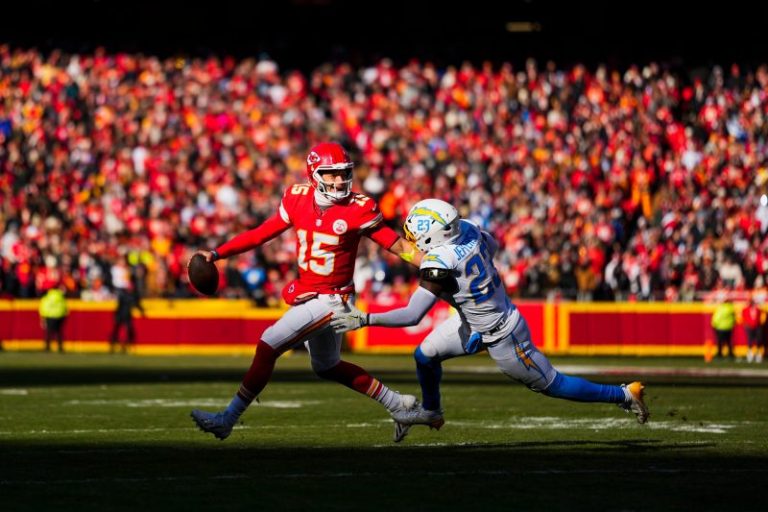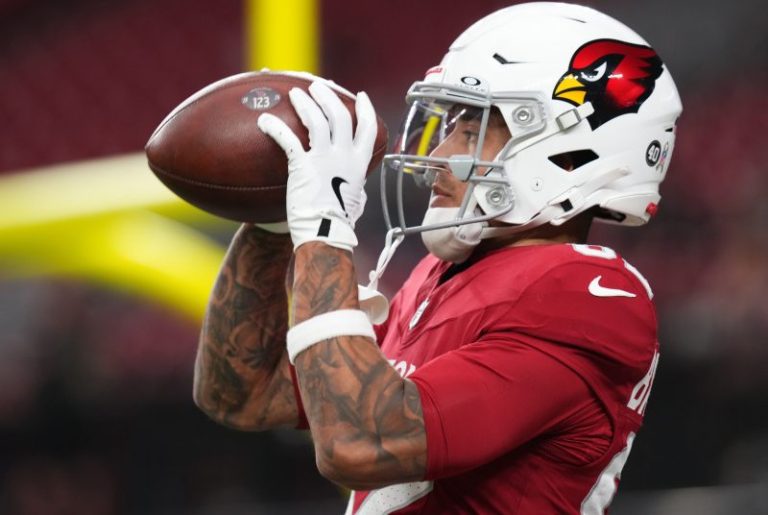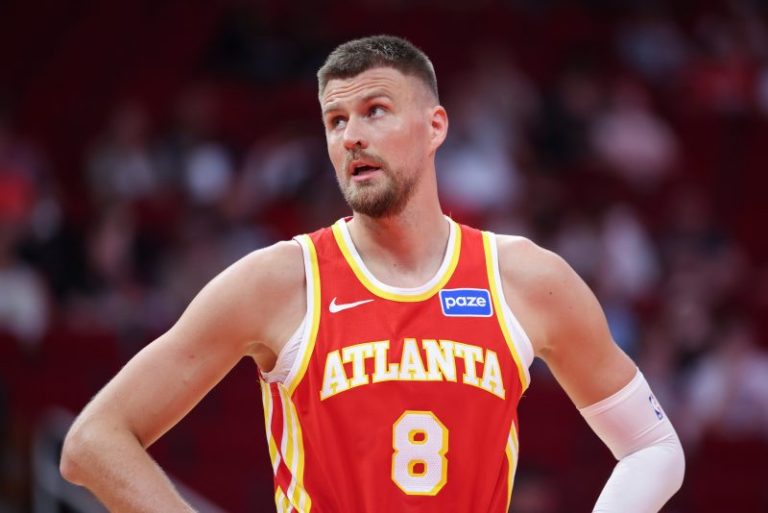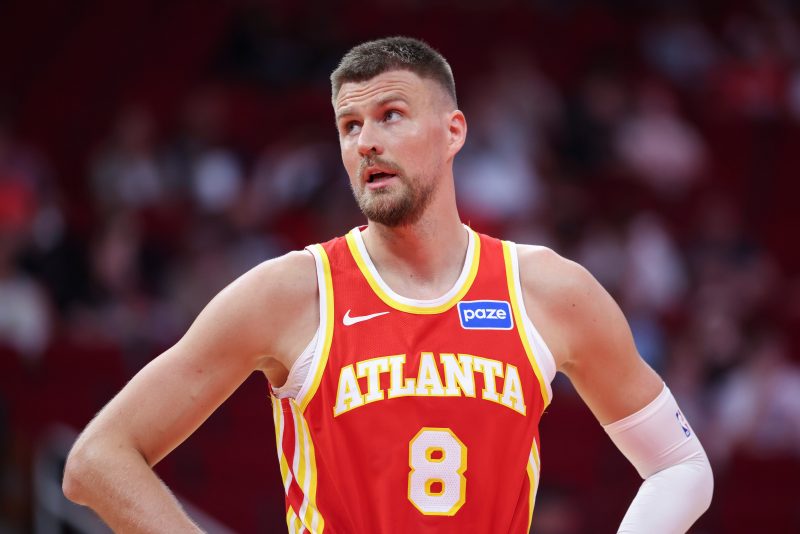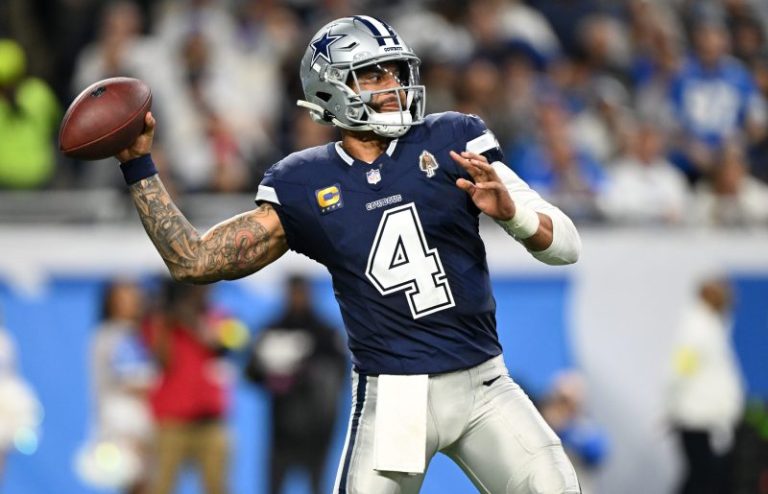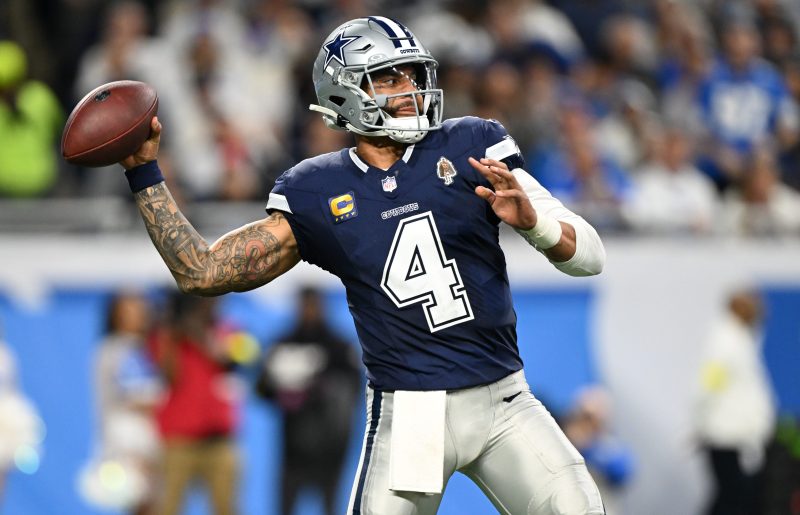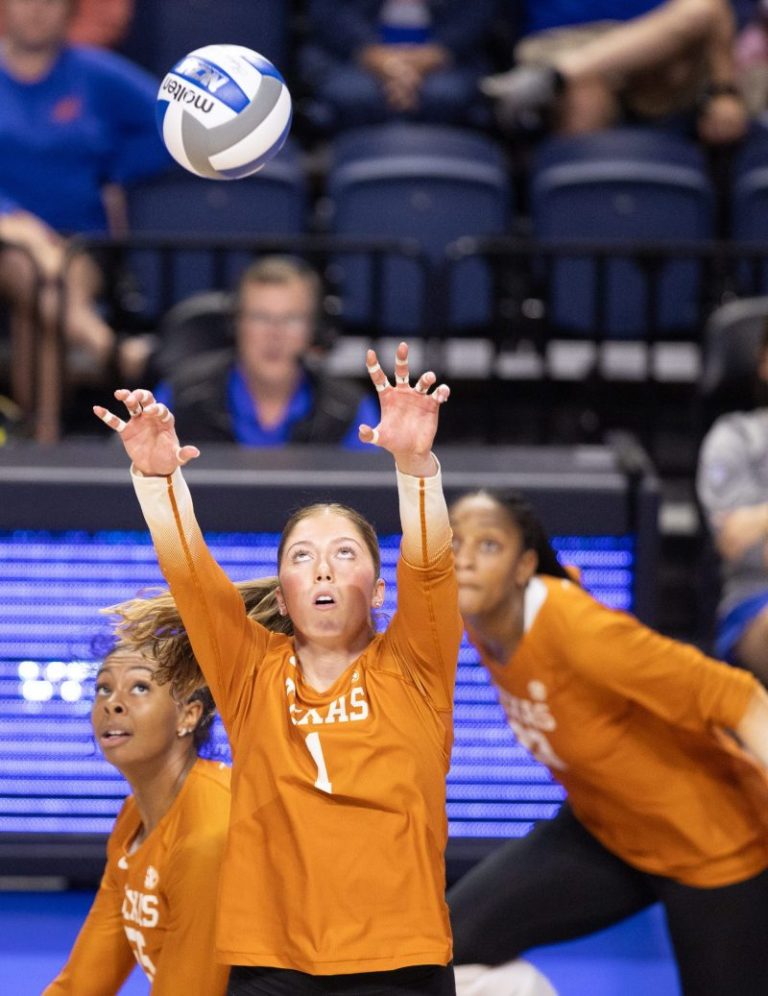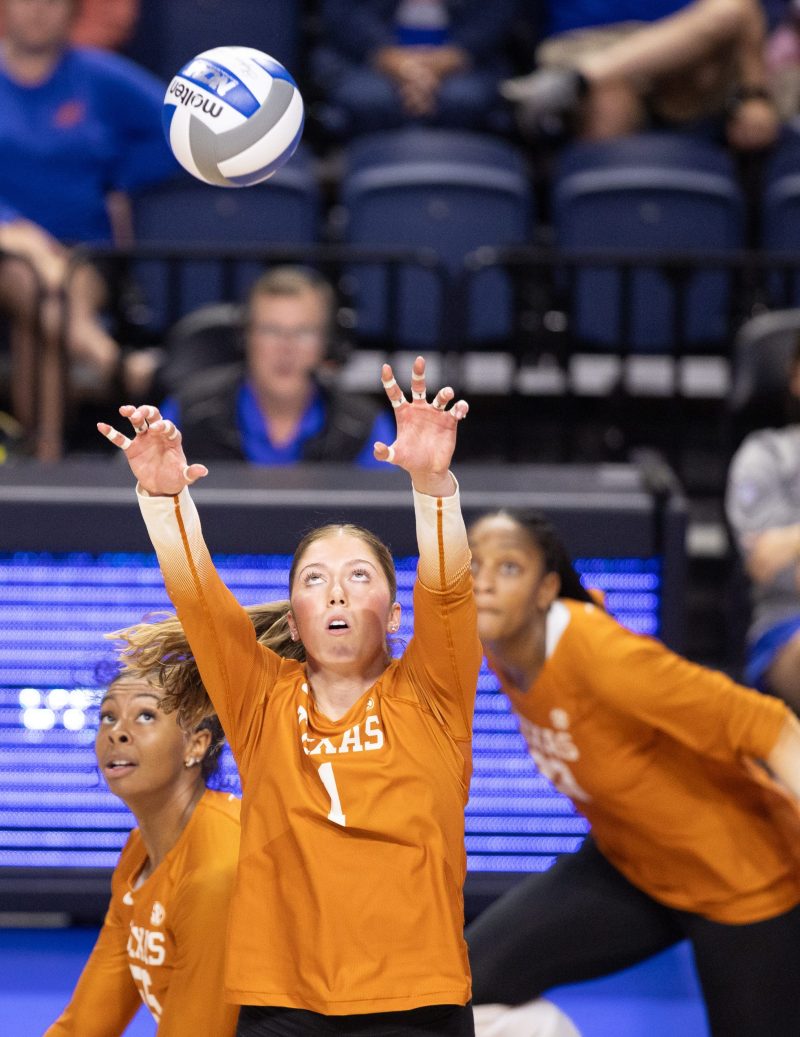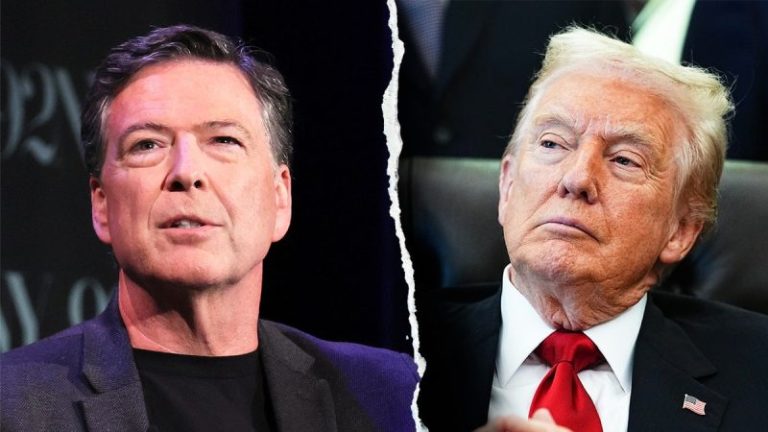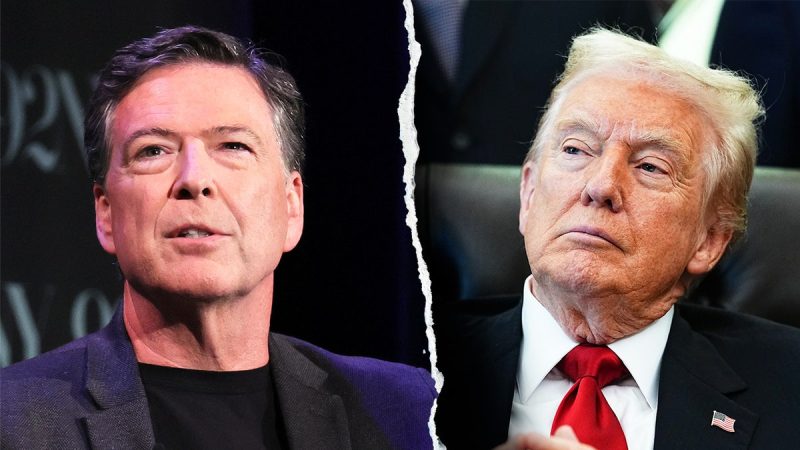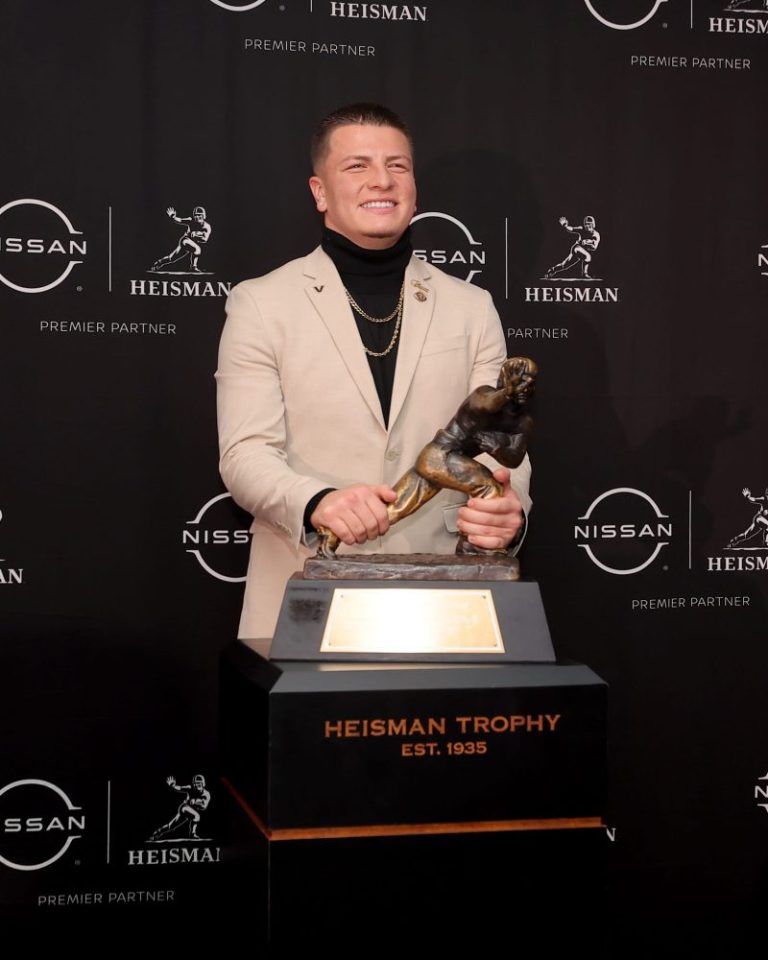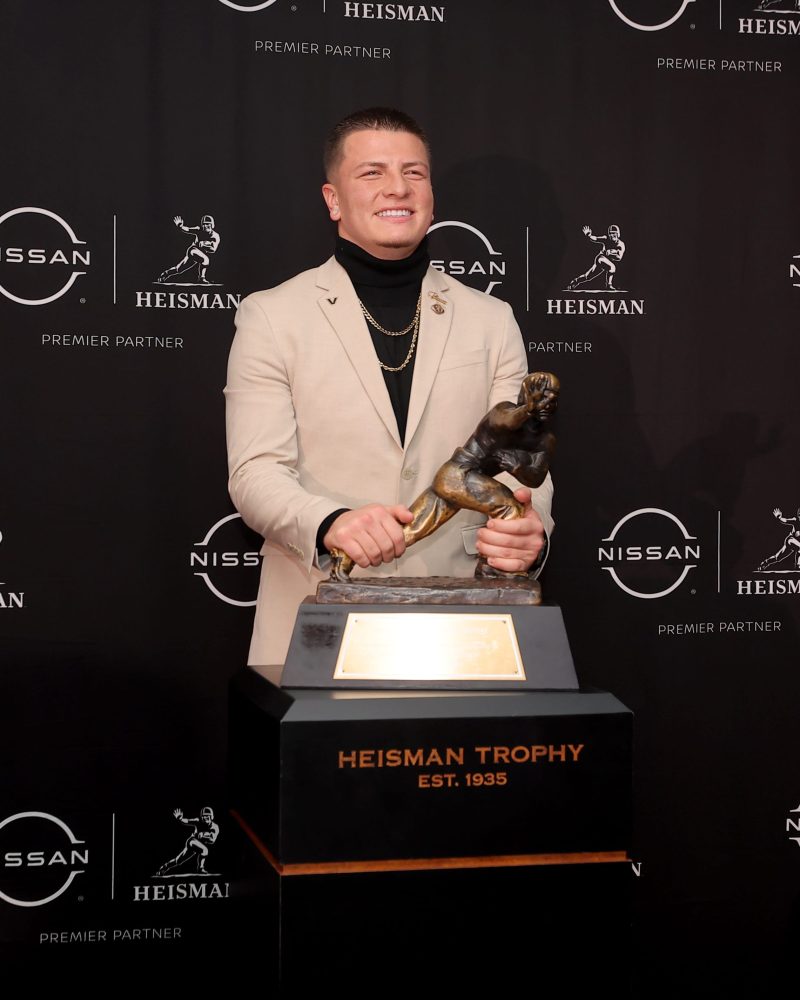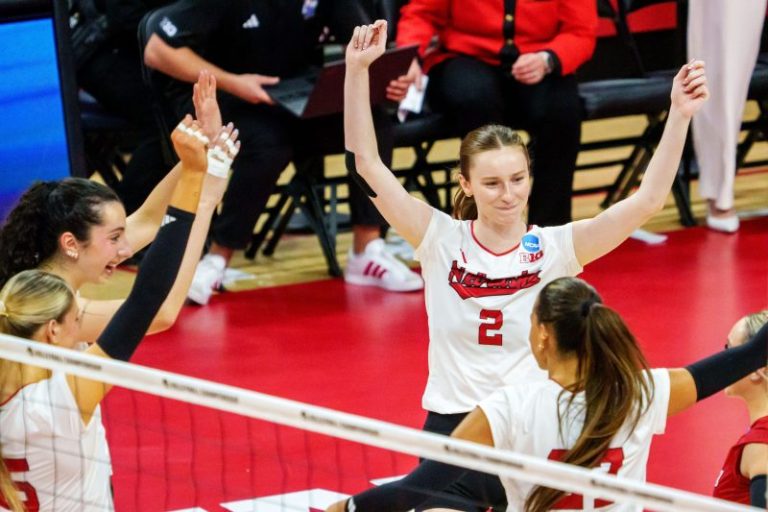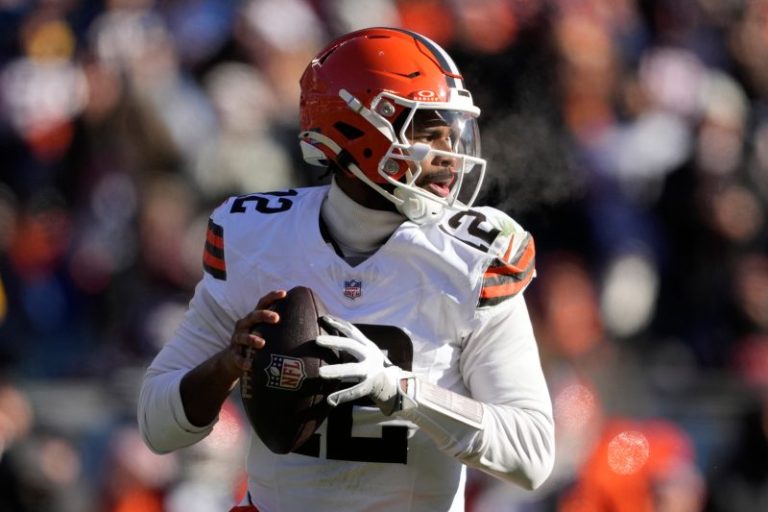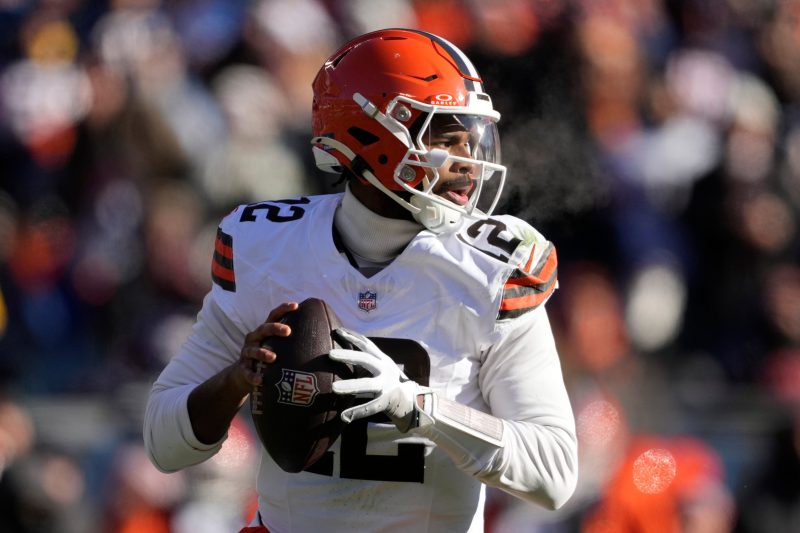
Shedeur Sanders made his fourth NFL start against the Chicago Bears in Week 15. It didn’t go nearly as well as his Week 14 game against the Tennessee Titans.
Sanders’ outing against the Titans was the best of his NFL career. He earned Rookie of the Week honors after logging a career-high in passing yards (364) and total touchdowns (4) in the Browns’ 31-29 loss.
By comparison, Sanders’ start against the Bears was the worst of his career to date. The Browns were blown out 31-3 in a game during which Sanders completed just 51.4% of his passes and threw three interceptions.
Sanders still made some highlight plays during the contest. Notably, he connected with Isaiah Bond on a couple of deep shots down the field that showcased his ability to throw with pinpoint deep accuracy.
But ultimately, the rookie’s performance was marred by the turnovers and his penchant for taking sacks. He was sacked five times by the Bears and lost 35 total yards during the contest as a result of them.
USA TODAY Sports tracked Sanders’ fourth NFL start vs. the Bears. Below is a look at his stats and highlights from the game, as well as an analysis of his performance and more.
Shedeur Sanders stats today
Here’s how Sanders performed in the Browns’ Week 15 loss to the Bears:
- Passing: 18/35 (51.4%)
- Passing yards: 177
- Passing touchdowns: 0
- Interceptions: 3
- Passer rating: 30.3
- Carries: 2
- Rushing yards: 24
- Rushing TDs: 0
- Sacks: 5 (35 yards)
Shedeur Sanders sacked on fourth-and-goal to end blowout loss
Sanders had a chance to get the Browns into the end-zone on their final drive of the game, if only to make the 31-3 score-line look cosmetically better.
Sanders couldn’t find a receiver open on the play and scrambled, hoping for one to open up. Eventually, he was tripped up, creating a turnover on downs and giving the Bears back with 10 seconds left in regulation.
Shedeur Sanders throws third interception of game
Sanders entered Sunday’s game having thrown three interceptions in his firs four games. He is now up to three already against the Bears.
Once again, Sanders was trying to hit Harold Fannin Jr., this time on a sideline shot. Sanders’ ball came up a bit short of the rookie tight end, allowing safety CJ Gardner-Johnson to grab it with ease.
Myles Garrett picks up extra half sack, one away from NFL record
The Browns have struggled against the Bears, but Garrett has still made a couple of splash plays. In the fourth quarter, he combined with Shelby Harris to sack Caleb Williams.
Garrett now has 21.5 sacks on the season, putting him one behind the shared record of Michael Strahan and T.J. Watt.
Shedeur Sanders sacked again as Browns go three-and-out
Cleveland’s most recent drive was a microcosm of its day against Chicago. Sanders’ first two passes were incompletions before he was dropped for a 9-yard loss on a third-and-10 sack.
The Browns figure to punt on the first play of the fourth quarter. They are trailing 28-3, and it isn’t clear whether the team will consider benching its starters as the blowout continues.
Shedeur Sanders intercepted again after Jerry Jeudy drops ball
Sanders has now thrown interceptions on back-to-back drives, though the second one wasn’t his fault. After hitting Isaiah Bond on a downfield shot, Sanders took another one down the sidelines to Jeudy.
Sanders’ pass hit Jeudy in the chest in a tight window, but the receiver could not bring it in. He instead dropped it into the hands of cornerback Jaylon Johnson, who reeled in the interception and took away a scoring opportunity from the Browns.
Shedeur Sanders throws interception after ball tipped
Sanders tried to get a ball to Harold Fannin Jr., but he never saw linebacker D’Marco Jackson lurking in the throwing lane. Jackson managed to tip the ball in the air and corralled it to create an interception.
Making matters worse, Caleb Williams was able to throw a 22-yard touchdown to DJ Moore on the first play following Sanders’ interception. The Bears now lead 21-3 after the rookie quarterback’s costly error.
Shedeur Sanders completes 13-yard pass to Harold Fannin while avoiding sack
Sanders was sacked a couple of times in the first half of his Week 15 game against the Bears. In the third quarter, he was pressured again but managed to get the ball to Fannin before he was brought down.
Fannin did well to make the catch and turn up field and run for a first down. The Browns weren’t able to move the ball further beyond that but got on the board with a 50-yard field goal.
Browns start second half with three-and-out
Shedeur Sanders wasn’t able to complete either of his passes on Cleveland’s first drive of the second half. The Browns were once again forced to punt because of that, and the team has still generated just one first down for the game.
Myles Garrett gets 21st sack, nears NFL sack record
Many NFL fans are focused on Sanders’ performance, but they are also excitedly watching whether Garrett can chase down the NFL’s single-season sack record. The defensive star got closer to that goal near the end of the first half, when he brought down Caleb Williams as sought to find a receiver on third down.
Garrett has now been credited with 21 sacks on the season. Michael Strahan and T.J. Watt currently share the record, as each had seasons with 22.5 sacks.
Shedeur Sanders stats at halftime
Cleveland’s offense has had a rough start to its Week 15 game against Chicago. The Bears are leading 14-0 at the half, and the Browns managed to record just one first down over the first 30 minutes.
Sanders has completed 4 of 10 passes for 54 yards and logged 9 yards on his lone scramble. The rookie quarterback has also been sacked twice for a loss of 17 yards, and one of the sacks critically knocked the Browns out of range for a potential field goal.
Sanders had a nice, 42-yard strike to Isaiah Bond on a downfield shot play, but that was his lone highlight play of the first half. The Colorado will look to rebound in the second half and get the Browns on the board during a chilly game in Chicago.
Shedeur Sanders sacked for second time, Browns punt
Sanders was facing a third-and-8 on the Chicago 31-yard line when he dropped back to pass. The rookie quarterback couldn’t find anyone open before feeling pressure from his blind side.
Sanders tried to escape from the pressure but couldn’t. He was eventually sacked and fumbled the ball, though Cleveland was able to recover it.
However, the 9-yard loss was enough to knock the Browns out of field-goal range on a cold day. They had to punt again and remain scoreless with under two minutes remaining in the first half.
Shedeur Sanders connects with Isaiah Bond for 42-yard gain
The Browns finally got their first, first down of the day on their fourth drive. It came on a third-and-10 during which Sanders had plenty of time in the pocket and layered a perfect, downfield shot to Bond in a window between two defenders.
Sanders has now completed 3 of 6 passes for 54 yards and has the Browns nearing scoring range for the first time. Cleveland is trailing 14-0 late in the first half.
Shedeur Sanders sacked for 8-yard loss
Cleveland’s protection faltered on a second-and-8 on the team’s third offensive drive. Linebacker D’Marco Jackson came up the middle unblocked and got to Sanders before the Browns quarterback could release the ball.
The sack put the Browns behind the chains and Sanders only connected with Harold Fannin Jr. for a 7-yard gain on third-and-16. The Browns were once again forced to punt and have yet to earn a first down across their first three drives.
Shedeur Sanders nearly scrambles for first down but comes up short
Sanders was involved on the Browns’ second drive, going 1 of 2 passing for 5 yards and running for 9 yards. His run was particularly impressive, as he was able to scramble away from pressure, find space and get close to the first down marker before he was brought down.
However, Sanders was a yard short of getting the first down. The Browns decided to punt as a result, so the Bears will get the ball back, leading 7-0.
Browns go three-and-out with all runs on first drive
Shedeur Sanders didn’t attempt a pass on Cleveland’s opening drive, but there was a good reason for it. The Bears pinned the Browns back at their own 1-yard line. As a result, Cleveland decided to run the ball to try to get breathing room for their punter.
The Browns were successful in doing that, but didn’t get close to the first down. They were forced to punt, so Sanders’ first passing attempt won’t come until Cleveland’s second offensive drive at the earliest.
Shedeur Sanders warming up in cold Chicago weather
It is expected to be 5 degrees Fahrenheit with a real feel of negative-4 degrees thanks to a minus-9 wind chill, according to the National Weather Service.
Sanders showed just how cold it is in Chicago during warmups. The rookie quarterback was spotted getting ready for Sunday’s game while wearing long sleeves and having most of his face covered amid the cold temperatures.
How to watch Shedeur Sanders today: Browns at Bears
The Bears and Browns Week 15 matchup will air on Fox in select local markets.
What time do the Browns play today?
- Start time: 1 p.m. ET | 10 a.m. PT
The Bears and Browns are one of several games in the early afternoon window.
Browns at Bears live stream
Cord-cutters have a few options to watch Shedeur Sanders play today. Fubo carries CBS, Fox, ABC, ESPN and the NFL Networks, and also offers a free trial.
NFL+ and Fubo will also carry the game.
Watch NFL action all season with Fubo (free trial)
Shedeur Sanders stats
Through three appearances this season – one off the bench and three starts – here’s how Sanders has performed:
- 54/103 passing (52.4% completion rate)
- 769 passing yards
- 5 passing touchdowns
- 3 interceptions
- 8 rushing attempts
- 50 rushing yards
- 1 rushing touchdowns
- 80.9 passer rating
This post appeared first on USA TODAY
